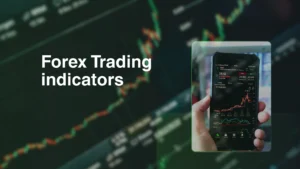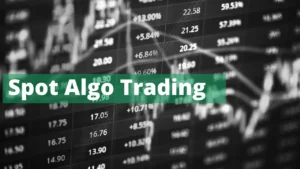Introduction
Slippage is a common term in trading and investing that refers to the difference between the expected price of a trade and the actual price at which the trade is executed. It occurs in all types of trading, including stocks, forex, commodities, and cryptocurrencies. Understanding slippage is crucial for traders as it can significantly impact trading outcomes, especially in volatile markets.
This article delves into what slippage is, the factors contributing to it, its types, and strategies to minimize its impact.
What is Slippage?
Slippage occurs when an order is executed at a price different from the one anticipated. This discrepancy can happen due to various factors such as market volatility, order size, and the speed at which the market is moving. Slippage is most noticeable during periods of high volatility or when large orders are placed in illiquid markets.
Types of Slippage
Positive Slippage
- Definition: Positive slippage happens when a trade is executed at a better price than expected.
- Example: If a trader places a buy order at $50 per share, but the order is filled at $49.50, the trader benefits from positive slippage.
Negative Slippage
- Definition: Negative slippage occurs when a trade is executed at a worse price than expected.
- Example: If a trader places a sell order at $50 per share, but the order is filled at $49.50, the trader experiences negative slippage.
Factors Contributing to Slippage
- Market Volatility: Highly volatile markets often experience rapid price changes, increasing the likelihood of slippage.
- Order Size: Large orders may not be filled at a single price level, leading to execution at various prices, causing slippage.
- Market Liquidity: In illiquid markets, fewer buyers and sellers are available, making it harder to execute orders at desired prices.
- Order Type: Market orders, which execute immediately at the best available price, are more prone to slippage compared to limit orders, which specify a maximum or minimum price.
How Slippage Occurs
Slippage typically occurs during the following scenarios:
- Market Orders: When placing a market order, the trade is executed at the best available price, which can change between the time the order is placed and when it is executed.
- News Releases: Significant economic or corporate news can lead to rapid price movements, causing slippage.
- Opening and Closing of Markets: The opening and closing periods of markets often see increased volatility and rapid price changes, leading to higher chances of slippage.
Measuring Slippage
Slippage is measured by the difference between the expected price and the actual execution price. It is usually expressed in terms of pips in forex trading, cents in stock trading, or as a percentage. For instance, if a forex trader expects to execute a trade at 1.2000 but gets 1.2003, the slippage is 3 pips.
Strategies to Minimize Slippage
- Use Limit Orders: Limit orders allow traders to set a specific price at which they are willing to buy or sell, reducing the risk of slippage.
- Trade During Liquid Hours: Trading during peak hours when market activity is high can help minimize slippage due to better liquidity.
- Avoid Market Orders During News Releases: Significant news can lead to rapid price changes. Avoiding market orders during these times can help reduce slippage.
- Monitor Market Conditions: Keeping an eye on market conditions and avoiding trades during periods of high volatility can help mitigate slippage.
- Slippage Control Tools: Some trading platforms offer slippage control tools or settings that allow traders to specify acceptable slippage levels.
Impact of Slippage on Trading Strategies
Slippage can have a profound impact on various trading strategies:
- Day Trading and Scalping: These strategies involve frequent trading and small profit margins, making them particularly sensitive to slippage.
- High-Frequency Trading: Automated strategies that rely on small price movements can be significantly affected by slippage.
- Long-Term Investing: While less impacted, long-term investors should still be aware of slippage, especially when entering or exiting large positions.
Conclusion
Slippage is an unavoidable aspect of trading that can affect the profitability of trades. By understanding the factors contributing to slippage and employing strategies to minimize its impact, traders can better manage their trades and improve their overall trading performance. Whether you are a day trader or a long-term investor, being aware of slippage and how to handle it can make a significant difference in achieving your financial goals.




